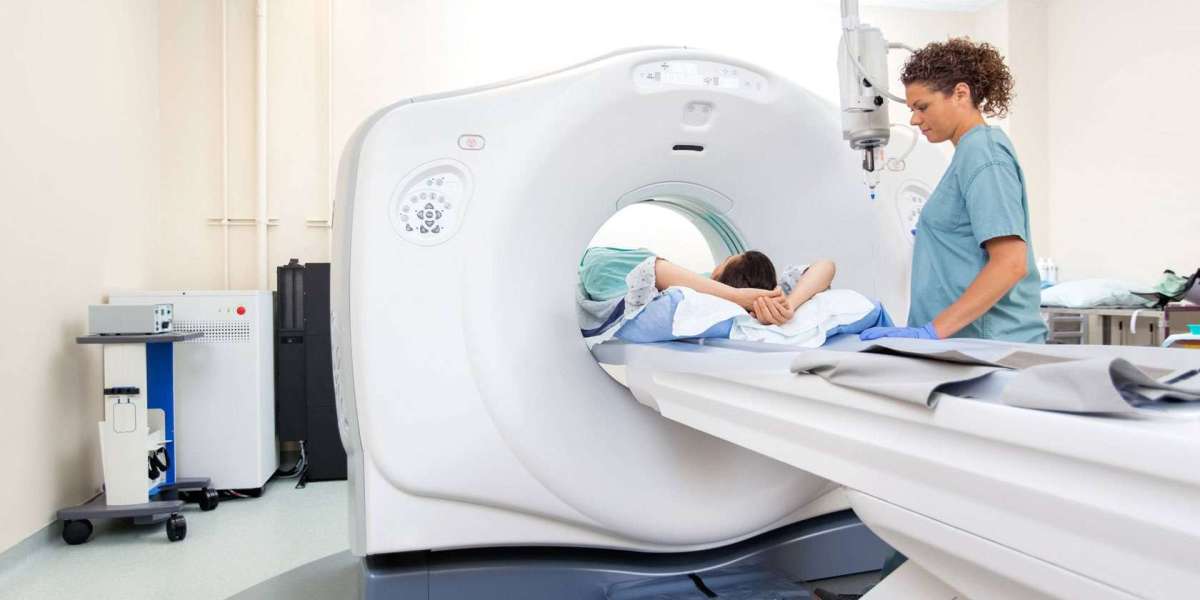An Associate Degree Program ADP in Medical Imaging Sciences opens the door to a wide range of career and educational opportunities for students who are passionate about healthcare and technology. With medical imaging being a vital component of modern diagnostics, those who complete an ADP in this field find themselves with many options for further education, specialization, and career advancement.
Understanding the Value of an ADP in Medical Imaging Sciences
The ADP in Medical Imaging Sciences is a two-year program designed to prepare students with the foundational knowledge and practical skills necessary to work in healthcare facilities.
It focuses on key areas such as radiology, ultrasound, CT scan, MRI, and other diagnostic imaging techniques. The hands-on training and academic background provided in this program allow graduates to enter the workforce quickly and effectively.
However, while this degree equips students with the skills needed to begin their professional journey, it also serves as a stepping stone for those who aim to pursue higher education and reach greater heights in the medical imaging field.
Pathways to Further Education After an ADP
One of the most common and rewarding paths after completing an ADP in Medical Imaging Sciences is enrolling in a bachelor's degree program. A four-year Bachelor of Science (BS) in Medical Imaging Technology or Radiologic Technology helps students gain in-depth knowledge and opens up advanced clinical and research opportunities. Students can transfer their ADP credits to continue their education without starting from scratch, making the transition to a bachelor’s degree both smooth and time-saving.
Another promising option is to specialize in a specific imaging technique, such as MRI, CT, nuclear medicine, or sonography. Many institutions offer certification or diploma programs for such specializations. These courses are ideal for students who want to enhance their expertise in one specific area of medical imaging and increase their value in the job market.
Career Advantages of Higher Education in Medical Imaging
Continuing education after an ADP not only broadens your knowledge but also significantly improves your employment prospects. Advanced qualifications often lead to higher-paying jobs, senior-level positions, or teaching roles within academic institutions. For instance, graduates with a bachelor’s or master’s degree may qualify to become imaging supervisors, radiology department managers, clinical instructors, or researchers.
Additionally, further education brings a greater understanding of evolving imaging technologies and medical software, which is crucial in today’s fast-changing healthcare environment. It enables professionals to adapt to new diagnostic methods and contribute meaningfully to patient care.







